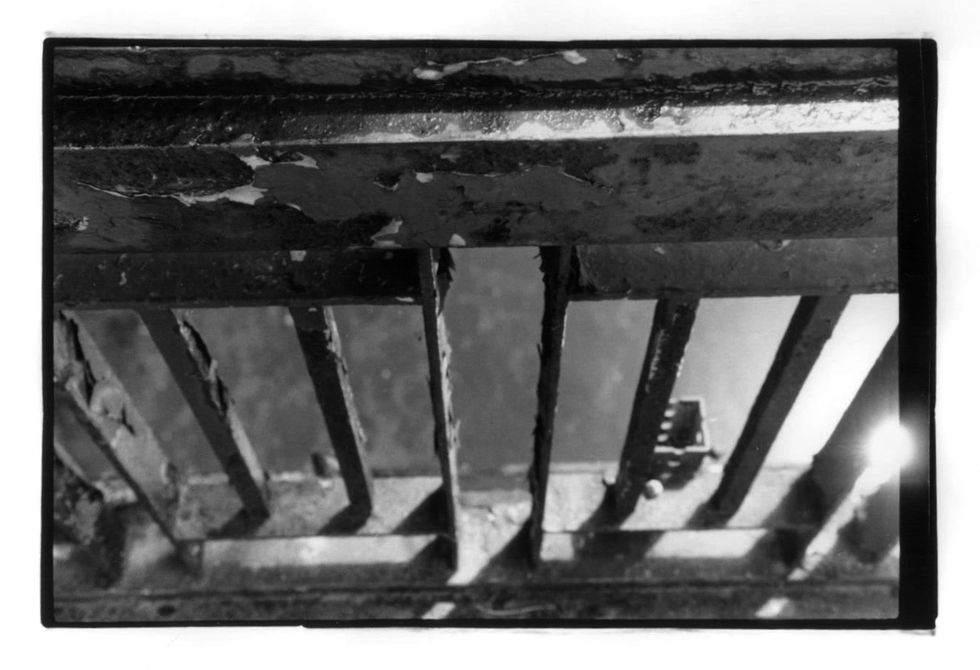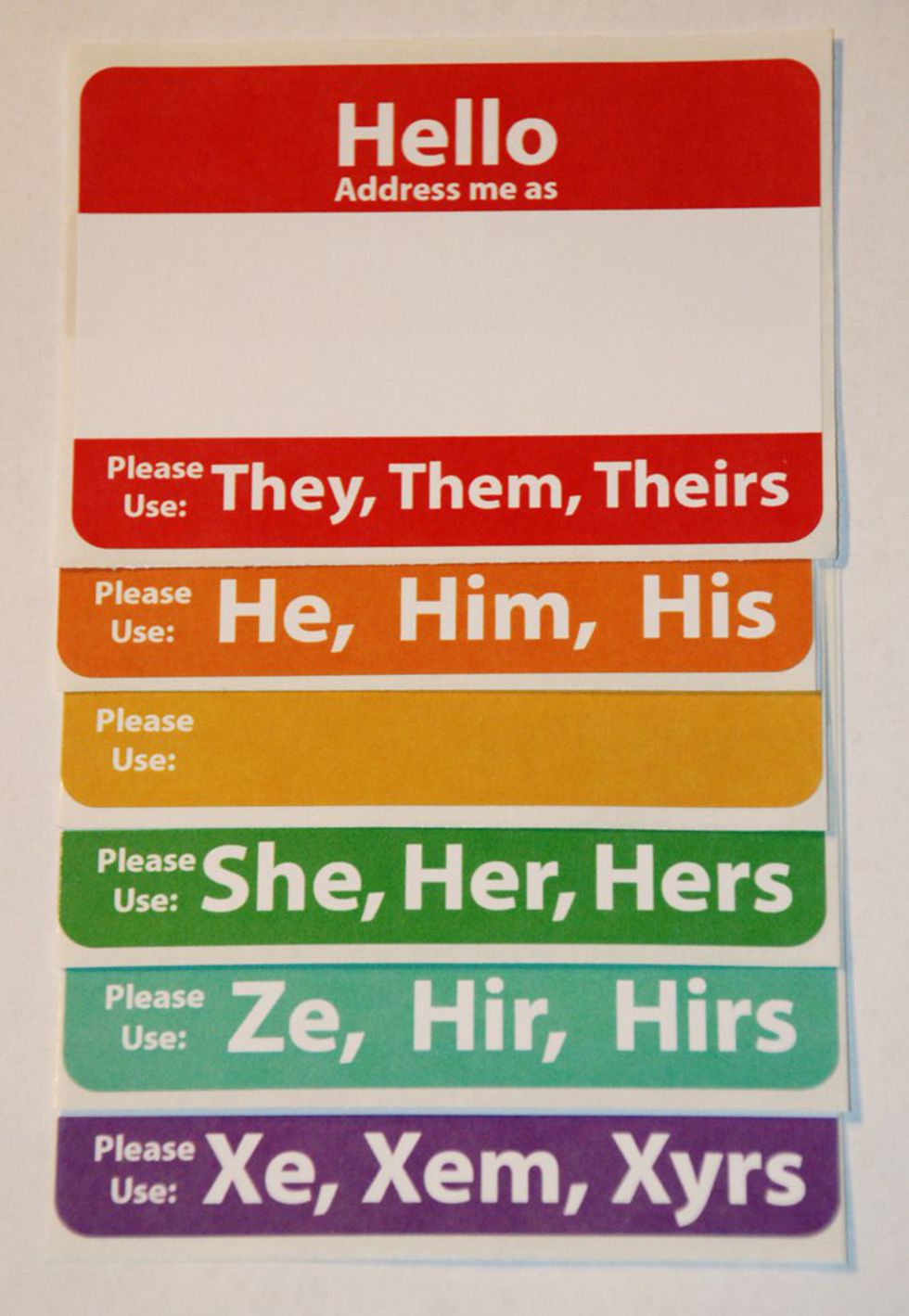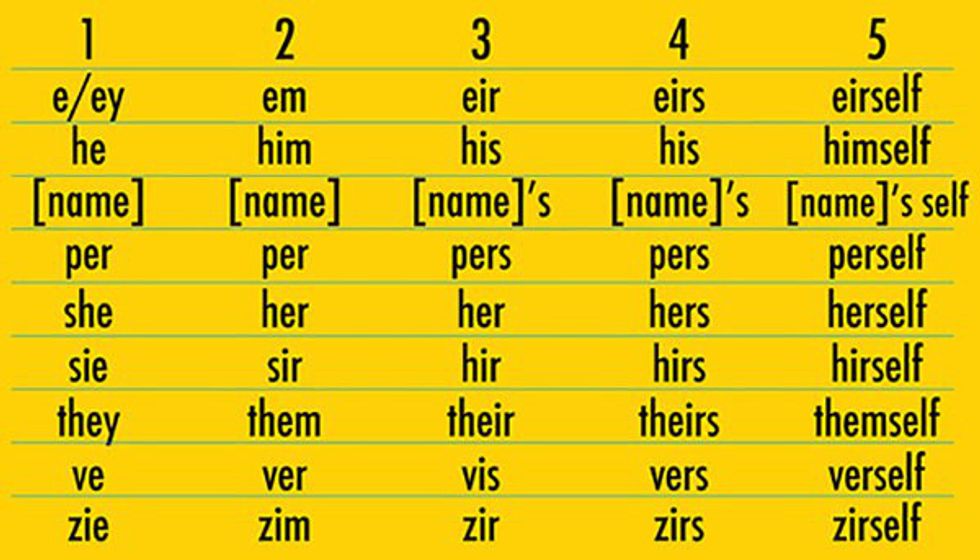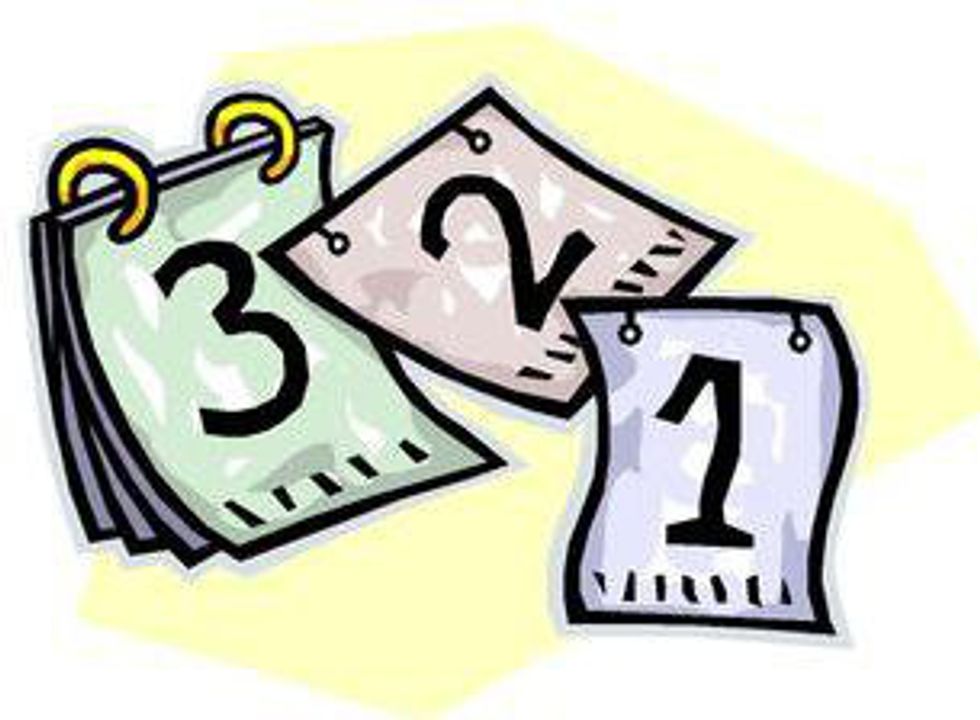A friend and I were walking around a Michael's crafts store recently when I came across the Instax cameras. When I expressed my excitement about possibly owning such a camera, I was met with a question from her.
"Why would you want a toy camera, when you could buy a real Polaroid."
This question was posed because I work in a darkroom with a lot of old, expensive, and legitimate artistic equipment. Why would I have an interest in a toy camera?
The thing about toy cameras is that they are not the same as a professional painter using Crayola paints and crayons. It's also not the same a ceramicist who creates functional meal-ware using Model Magic.
Materials like that affect the quality of the commodity in a physical way. Crayola paints will be thinner and therefore lack the texture and brilliance of oil paints. Model magic, as far as I know, is not dishwasher safe and lacks the sturdy weight of fired clay.
Toy cameras like the Instax one I saw, as well as pinhole cameras and the Holga cameras we keep in our darkroom, only affect the image itself. We still print those images on nice glossy RC paper or, my preference, matte fiber. So the toy cameras are really about playing with the image. Just like how some painters choose to do very realistic translations of the world around them and others choose to just paint a black square on a canvas.
These cameras add a element of surprise. They expose photography for the lie it really is. The phrase "pictures or it didn't happen" isn't really completely accurate. Photography is certainly more analytic and painting is more synthetic, for photography is informed by light and science, and painting is informed by the explorations of the human mind's perception of the world. However, photography isn't as honest as we thought. Photographs, like paintings, still have borders. This means that there is still information being withheld from the viewers. Also, photographers have been developing new techniques for altering photos for as long as photography has been developing. Dodging, burning, split filters, multiple exposures—they're all synthetic.
These cameras are the photographer's exploration of image and human perception just like any other artist's exploration of their medium. The entire modernism movement is a perfect example. Picasso, Kandinsky, Duchamp, all of these artists did not use their professional media to create the perfect image, but instead tried to alter the viewer's perspective.
You would use a digital camera to capture and preserve precious family memories and your professional wedding photographer would use the fanciest camera in his or her artillery. So these alternative images are actually the perfect tool for an artist in exploration. From the pint-sized pinholes to the hazy Holgas to shaking it like a polaroid picture (which you actually shouldn't do by the way), these toy cameras and their less-than-perfect construction allow for a little bit of chance fit for the Dada manifesto (artistic movement) itself.























